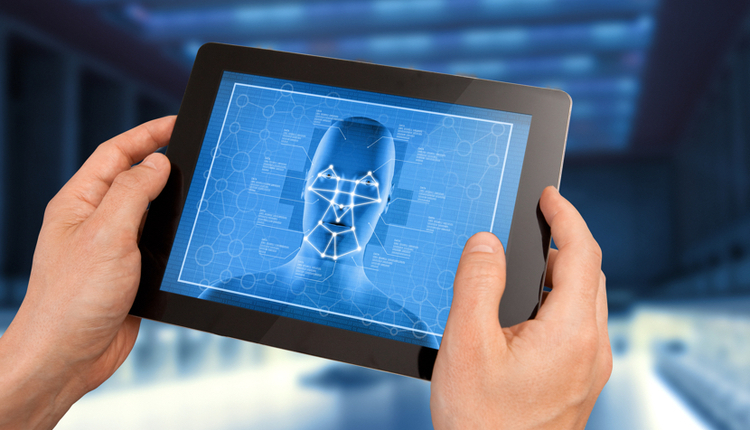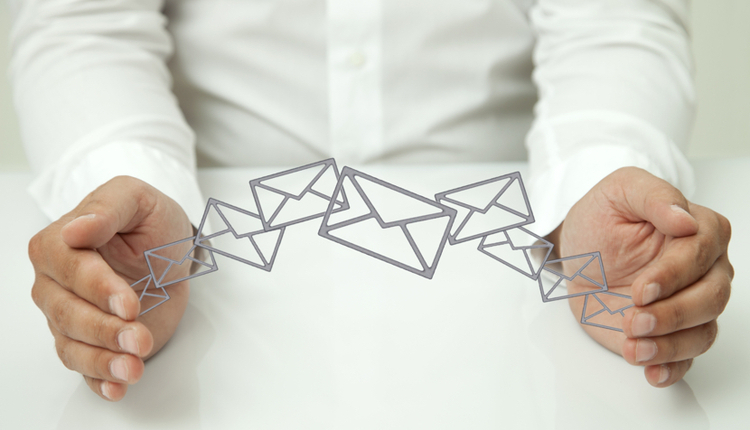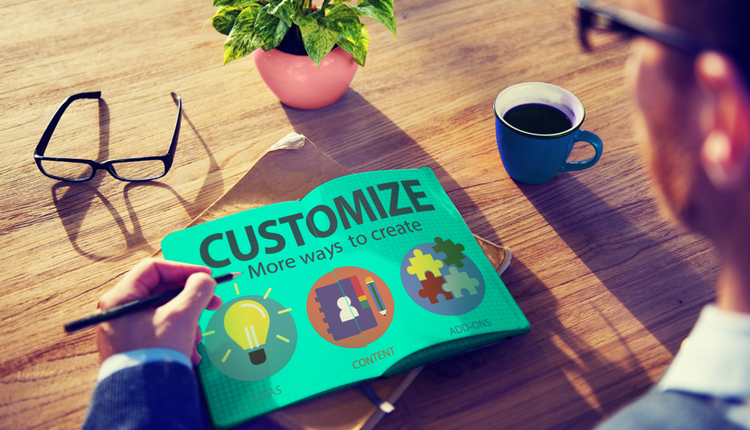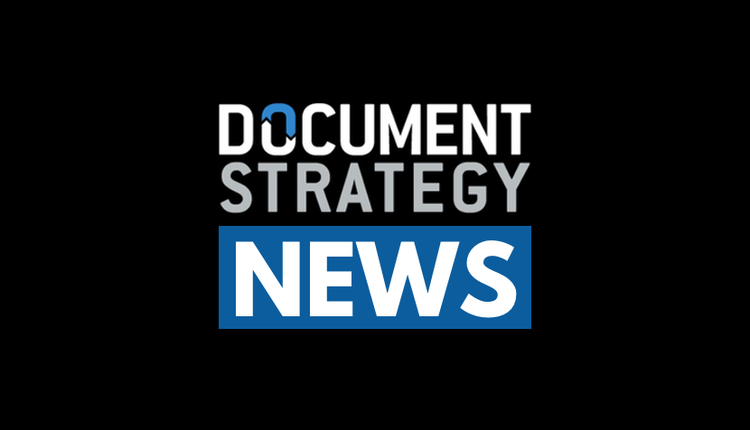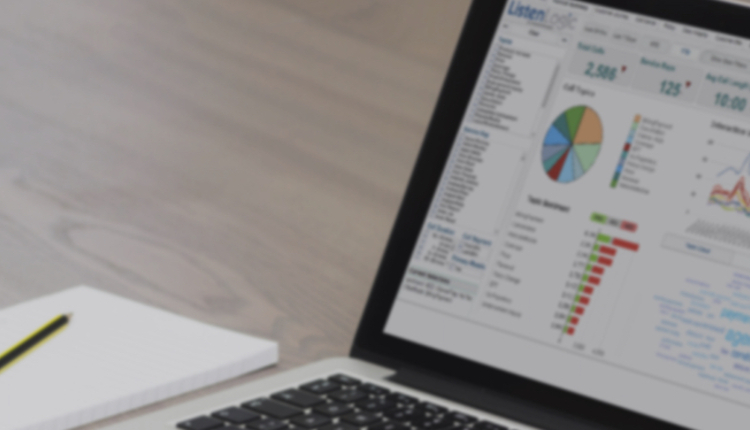
Image by: gpointstudio, ©2015 Getty Images
When it comes to e-billing, companies fall into two broad categories:
1.They have robust e-billing and e-delivery options for customers to choose
2. They have a limited or no electronic option
You have an e-billing portal, so now what?
If you fall into the first category, then the regular questions that management asks are:
- How do we get adoption up?
- What programs and incentives work to increase adoption?
- Why aren’t more customers using the electronic option?
- Why are so many clients double dippers (getting both paper and e-delivery)?
- How can we get customers already on e-billing to opt to get all of their communications electronically?
- How are we going to control our print/mail costs?
Everyone focuses on the investments already made. Instead, they should look at the “to-go” implications of making additional investments in customer communications and e-delivery. They pat themselves on the back because of the great job they have done making the portal user-friendly, and they fault the customers for not taking advantage of their awesome technology.
Perhaps adding a new channel can be combined with a macrosimplication project to review all customer communications and improve—and even reduce—the number of documents being mailed to customers. The company might also look at this as an opportunity to make customer communications more compliant with current and pending regulations for universal accessibility of documents.
After all, not everything is available on the portal, and many documents have not changed in years or decades.
You don’t have an e-billing portal, so now what?
If you fall into the second category, then adding e-delivery and e-billing might be the perfect time to see how business processes can be improved to: automate steps, reduce the number of customer service calls, reduce the amount of time required to resolve a customer service call, lower costs and enhance customer access.
As part of a comprehensive e-billing system implementation, you might want to take the opportunity to bring together all payment options into one cohesive hub (e.g., lockbox, web, virtual terminal, swipe transactions and finally e-payments) on your portal or from the PDF (e-check/ACH, credit and debit).
The e-billing system can include additional capabilities that enable clients to be more self-sufficient with online capabilities, like preference management and account changes, reducing staff time and improving accuracy.
Whether you are a long way down the journey to e-delivery and e-billing or not, there is still much to be done to increase customer adoption, lower costs and improve the customer experience.
Richard Rosen is the chief executive officer of The RH Rosen Group, a firm that provides solutions to help businesses improve processes and customer communications with the intent to create real, recurring benefits in: cost reduction, electronic payment, shipment tracking and printing/mailing. Contact him at RichR@RHRosenGroup.com or visit www.rhrosengroup.com.









